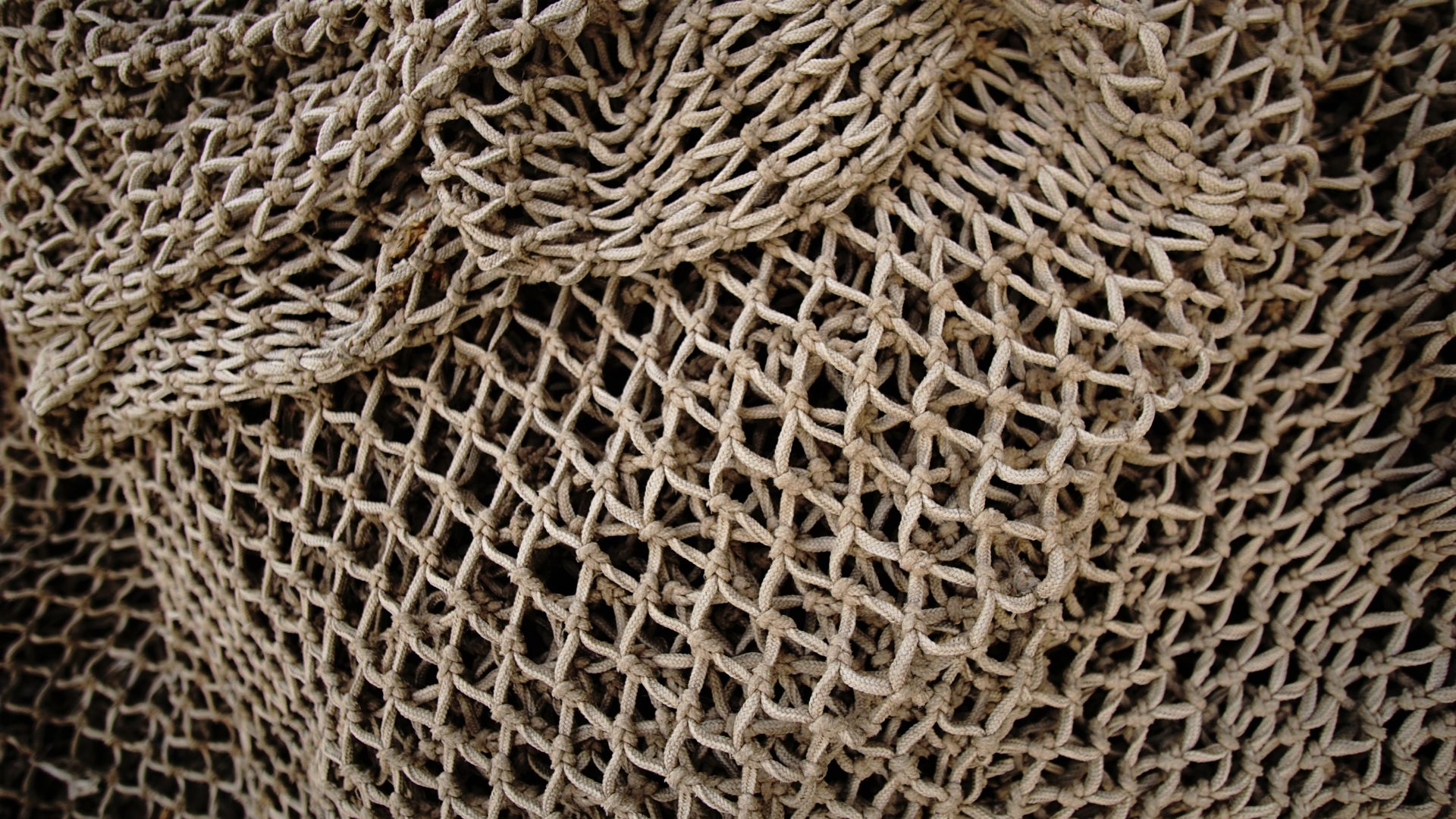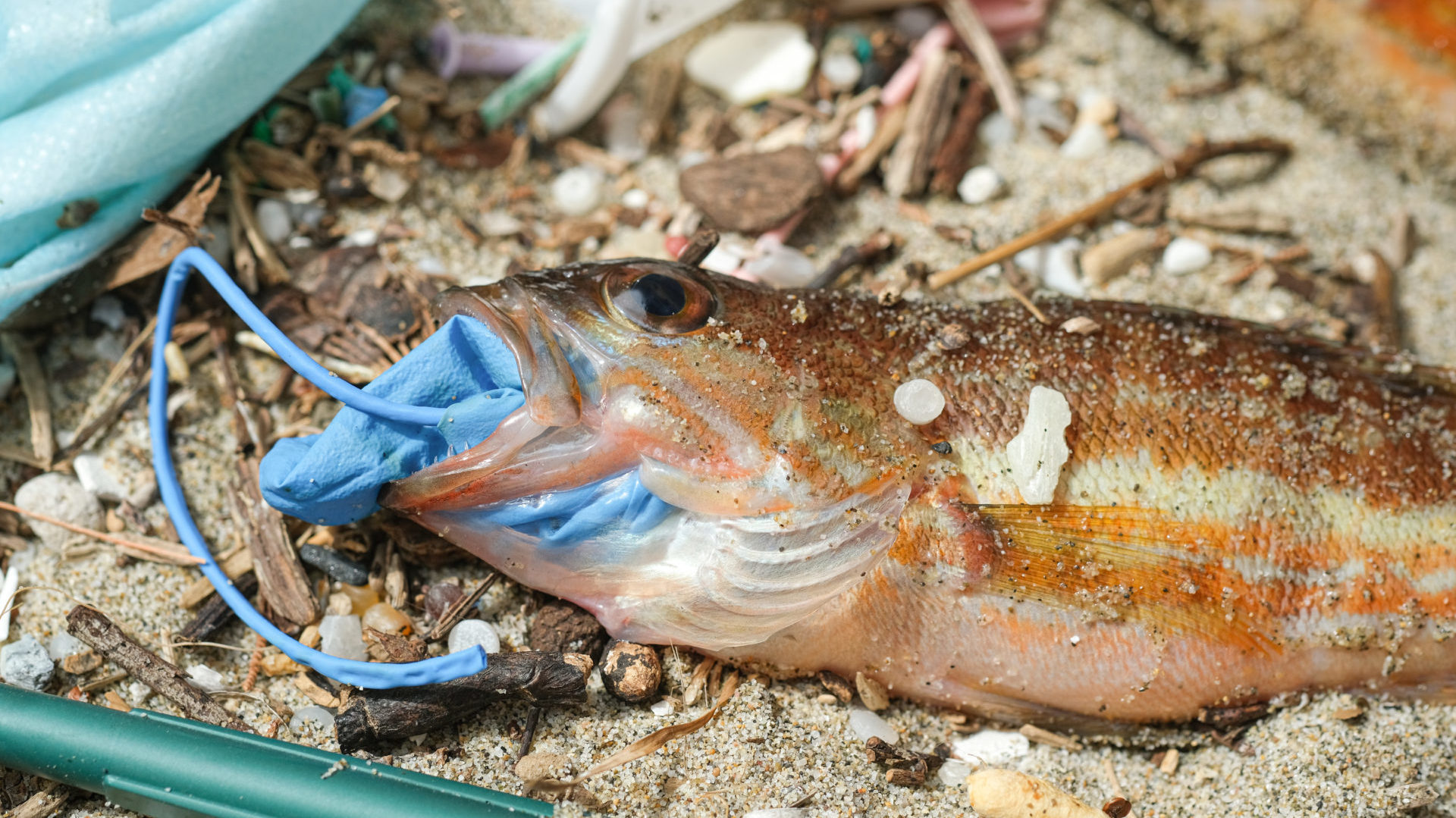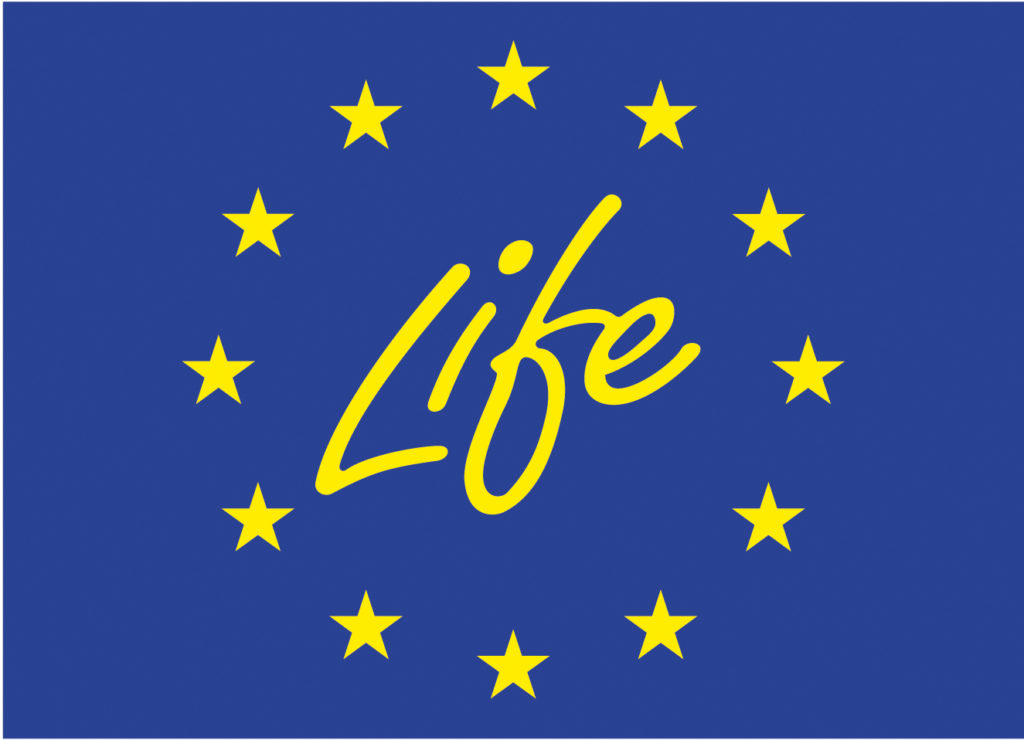
The current situation of oceans is difficult because marine ecosystems are increasingly depleted of fish and the global demand for fishery resources is on the rise. Want to know more?
Fishing is an activity with a fundamental role both for human nutrition and at an economic and social level. The current situation is difficult because marine ecosystems are increasingly depleted of fish, and the global demand for fishery resources is on the rise.
We must apply sustainable policies and management, fisheries management with an ecosystem perspective, centred on fishery resources taking into account needs and connections with the environment. On the other hand, consumers should be aware of the issues related to fishing, search for sustainable fishery products and promote good fishing practices, management and consumption.
WHY ARE MARINE ECOSYSTEMS SUFFERING?
1. OVERFISHING AND UNSUSTAINABLE FISHING PRACTICES
Over the last decades, the seabed of the continental shelves of all oceans has been increasingly affected by human activities, especially at depths between 50 and 200 m, which have been destroyed by overfishing through unsustainable practices, particularly trawling (Domínguez, Gili & Grinyó, 2011).
Quines són les pràctiques de pesca més insostenibles?
- Trawling: a net that is open at all times is dragged by a moving boat so that it catches everything it finds at the bottom. Thus, it is not very selective and harms the marine environment.
- Use of explosives or poison: throwing explosives, chemical pesticides or cyanide to collect dead fish with nets or divers. It is not selective because it kills other species and destroys or pollutes the seabed.
- Sein fishing: it consists in encircling a school of fish previously attracted by a boat of light with a circular net (like a curtain). It is an environmentally friendly and selective gear, but the problem arises when fishermen use powerful sonars, radars or other technologies to catch large quantities of fish.
- Trammel net fishing: the trammel net consists of three contacting mesh panels of different diameters deployed as a curtain under the sea, resembling a volleyball net. Fish get entangled in the mesh, so trammel net fishing is not a selective method and does not respect the marine environment. According to the International Whaling Commission, the United Nations banned nets longer than 2.5 km in 1992, as they used to be up to 50 km long and killed almost 10,000 cetaceans a year.
- “Ghost fishing“: nets and other gear abandoned at sea continue to catch species, including cetaceans and turtles.
As for overexploitation, most of the studies have been carried out in the European Union and North America area, so the data obtained are usually from these places, but we still see some data provided by Greenpeace and WWF:
- 63% of the world’s fish stocks are considered overfished.
- The collapse of one overfished cod stock implies 40,000 lost jobs.
- Overfishing also affects 90% of the fish stocks surveyed in the Mediterranean Sea and 40% in European Atlantic waters.
- In the last 40 years, the stocks of tuna and Atlantic bonito, which are very important for human consumption, have fallen by 74%.
Even so, the scientific community considers that much information on the conservation status of fish stocks is still lacking. Research is ongoing to ensure sustainable fishing practices that will allow fish stocks to recover naturally.
2. POLLUTION
In recent decades we humans have introduced many substances with potentially damaging effects to marine and freshwater life forms. Plastic is usually the first to come to mind (95% of the pollutants in water bodies are made of plastic), but there are others, such as herbicides, pesticides, fertilisers, detergents, hydrocarbons, sewage, etc.
Many of the pollutants accumulate in deep-sea ecosystems, where they are ingested by small animals and enter the global food chain.
Other pollutants, such as bags, foams or other types of solids we throw into the sea end up in the gut of marine mammals, turtles, fish and birds that mistake them for jellyfish, fish or other food items (National Geographic, 2016).
Ocean currents carry billions of decomposing plastic objects to form giant “garbage patches” or “plastic soup” zones (National Geographic, 2016). Six so-called “plastic islands” have been identified: one in the Indian Ocean, two in the Atlantic (North and South), two in the Pacific (North and South), and one in the Artic, all of them with a high concentration of microplastics. We should consider that surface plastics represent less than 15% of the total plastic in the sea, and it is only the tip of the iceberg (Greenpeace, 2022).
According to the United Nations, 8 million tonnes of plastic waste end up in the oceans every year. Seventy per cent of marine litter comes from land-based activities, and in the case of plastics, this corresponds to 80 per cent. We must say that despite destroying the seabed, trawl fishing gear has contributed to the reduction of solid pollutants since it is caught and returned to ports where it is generally recycled.

3. ILLEGAL, UNDECLARED AND UNREGULATED FISHING
The most common illegal fishing practices are under-reporting of catches and operating in an unregulated fishery that is not managed by anyone.
FAO estimates that this factor may account for fish catches of up to 26 million tonnes per year, with a market value of between $10 billion and $23 billion. Estimates indicate that global illegal fish catches correspond to 13-31% of the total reported production of fishery products. At the European level, WWF estimates that 15% of incoming fish comes from illegal practices.
For non-governmental organisations, all these figures reflect a widespread and common problem, mainly due to the lack of good fisheries governance, i.e. adequate management plans and control and monitoring protocols for the sustainable exploitation of resources.
On the contrary, the European Union is carrying out exhaustive controls to fight against this illegal fishing, thanks to the approval of a regulation in 2010. The other aim is to disseminate best practices to other countries, given that the European Union is the world’s largest importer of fishery products, with more than 60% coming from non-EU countries.
How is this done in practice? Yellow or red warning cards are used to get countries such as Thailand and Cambodia that export a lot to European countries to act to control this illegal fishing in their fleets and territories (WWF, 2022).
4. CLIMATE CHANGE
One of the primary indicators of climate change in marine ecosystems is the temperature of the water. The oceans are warming and acidifying (by loss of oxygen), a process affecting all marine organisms, which are moving towards the poles following the temperatures that allow them to live in optimal conditions. As a result, scientists expect an increase in species number in temperate or subtropical zones. The main problem is that the sea will lose non-mobile marine species, such as corals because there will not be new generations to replace the lost individuals. In addition, many fish associated with these corals will also be indirectly affected. Also expected is a change in community composition. For example, it is likely that the Mediterranean Sea will suffer an increase in thermophile species, that is, organisms that prefer higher water temperatures.
On the other hand, scientific studies show that sea warming has been affecting fish stocks for decades. The study published in Science by the University of Santa Barbara’s Bren School of Environmental Science and Bren Management concludes that globally, between 1930 and 2010, global ocean warming caused an average 4% decline in fish catches.
The scientific community warns that there are still many knowledge gaps we need to fill: which sub-sectors will be most affected? How do plastics and microplastics interact in these environmental conditions? What impacts should we expect in the tropics? How and to what extent can the oceans themselves mitigate climate change? How do the alterations we cause to the marine environment interact? As we can see, there are many unknowns, so it is necessary to promote research in these lines of investigation together with control and monitoring policies, but without forgetting that it is imperative to disseminate and keep the population informed.
LET’S TAKE ACTION! WHAT CAN WE DO?
- Support artisanal and sustainable fishing.
- Consume local and seasonal products: in Catalunya, consume fish from Catalan ports reducing carbon dioxide emissions from transport and staying true to the life cycles of the fish. It will benefit the fishing community and provide us with fresh, quality products. Avoid fish and seafood from other countries or even continents to prevent deepening environmental problems and social injustice in the source regions.
- We should learn and raise our awareness that the vast majority of waste, plastic or other, ends up in the sea. So we must focus on all those things that depend on us as consumers. For example, a good way is to reduce packaging and plastics.
- Find out the fishing method used, rejecting unsustainable fishing gear and buying in authorised places to avoid encouraging illegal catches and health risks.
- Buying products with official labelling that includes all the information required by governments and consumers is vital. The labels must include the following data:
- Fishing technique used
- Weight
- Food operator (business and address)
- Production method and catch area
- Port and date of landing
- Storage conditions
- Best-before or use-by date
TO CONCLUDE
The future is in our hands, and we must be aware of our mistakes and learn from them. Supporting local and sustainable producers, buying fish that we know where they come from and that have been caught in a way that respects the environment; these are simple actions: just ask the fishmonger for this information.
The planet is our home, but it is not only ours. Tomorrow, when we are no longer here, someone else will be. However if we do not take care of our ecosystems, there may be no tomorrow.
DOCUMENTARIES RELATED TO OCEAN EXPLOITATION
The end of the line (Netflix and Amazon Prime)

If you wish to learn more about this and other aspects of healthy and sustainable eating, come visit the MENJA, ACTUA, IMPACTA [EAT, ACT, IMPACT] exhibition in El Prat de Llobregat.
And remember, when you take care of yourself, you take care of the planet!

